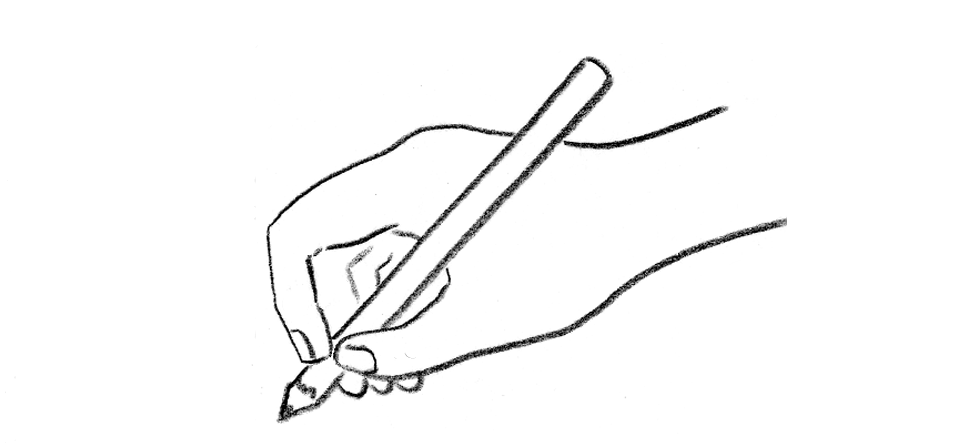“IT’S NOT HARD TO SHOW A CHILD HOW TO FORM LETTERS AND WRITE SENTENCES. THE CHALLENGE IS MOTIVATING THEM TO PRACTICE REGULARLY AND CAREFULLY.”
Handwriting practice is like working on lay-ups in basketball or learning a song on the piano—the same motions are practiced over and over until confidence and skill are gained. Handwriting practice develops one of the rote elements of writing—the act of forming letters and spacing letters into words and sentences. (Other elements are spelling and grammar.) When handwriting becomes automatic, the child can focus on composition. The child is free to write the story they want to tell or to focus on answering the questions in an assignment.
Checking Melissa's Work
Melissa's practice paper shows she has good guidance. To continue developing her skill, I recommend two simple changes: use a smaller guideline paper and relearn the letter "d".
Guideline Paper Size
Melissa is using paper with 5/8 inch guidelines. I think she is ready to drop down to smaller guidelines, probably 1/2 inch guidelines. Many of the letters in her first four sentences drop below the mid-line or float above the base-line. She is able to write smaller now and handwriting practice may seem a bit tedious for Melissa. A practice paper with smaller guidelines will match her current skills, and her practice-time would once again be…(dare I say?)...fun!
Relearn the Letter "d"
Have Melissa change the way she makes the letter "d." She should start it like she is starting her letter "a". The following letters all start on the mid-line, with the same motion as the letter "c":
c, o, a, d, g, q









